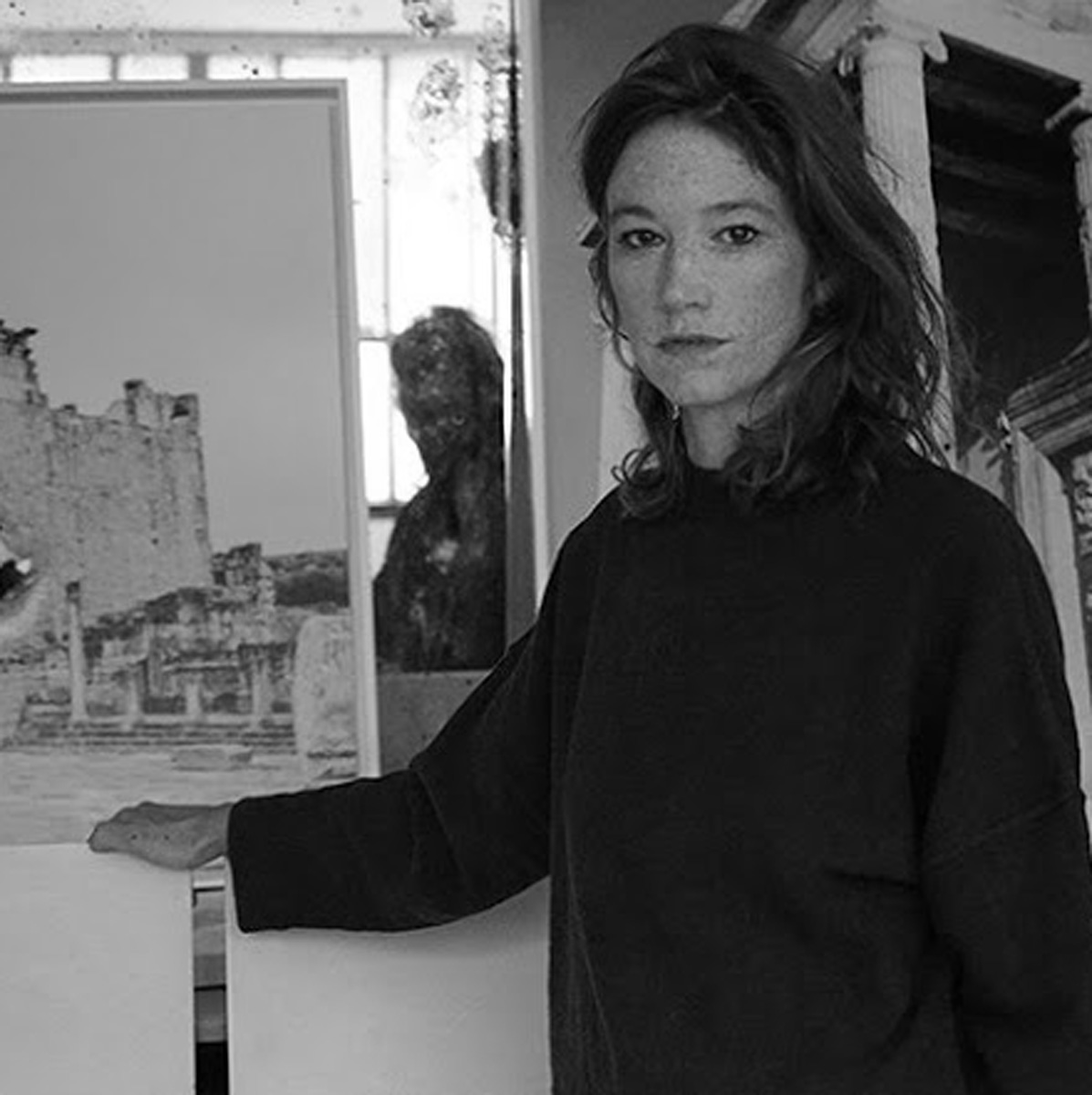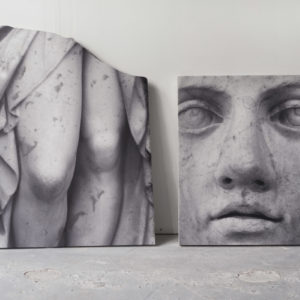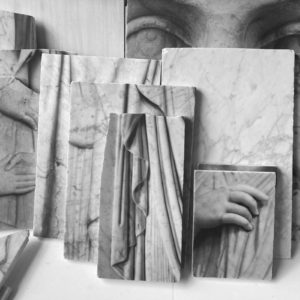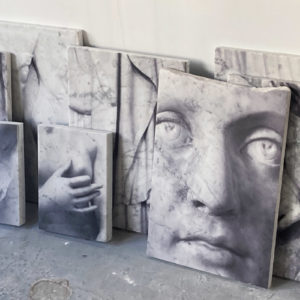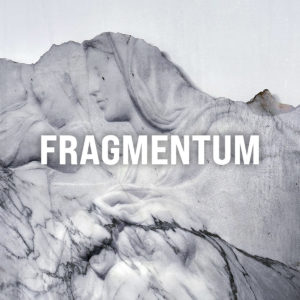Born in 1976 in Paris
SOLO EXHIBITIONS
2023 : Inferno, installation vidéo, citadelle d’Ajaccio
2022 : Inferno, séléction art vidéo, festival Côté Court, Pantin
2021 : Le chemin des impossibles, Eglise de Courthioust, Perche en Nocé 2020 : «Après Paradise», court métrage, sélection festival Côté Court, Pantin 2019 : Approche art fair, Paris
2017 : Toujours le soleil, Paris Photo, Paris
2017 : Toujours le soleil, Rencontres de la photographie / Prix BMW, Arles 2015 : Isula ind’é l’Isula, Couvent de Morsiglia, Cap Corse
2012 : Impalas, Lycaons, Galerie Intuiti, Paris
GROUP EXHIBITIONS
2023 : White Carrara, Carrare, Italy
2023 : Suite N°1, Galerie John Ferrère (Galerie l’inlassable)
2022 : Galerie Binôme, Paris
2022 : Galerie F, Senlis
2022 : Paris Photo / BMW 10 ans de collections
2022 : Penser/ Classer, 50 ans du Musée, Musée Nicéphore Niepce. 2021: La chaufferie HEAR, Strasbourg
2020 : Change, Fondation Francès, Senlis
2019 : l’Orfevrerie, St Denis
2018 : Décadence, Double séjour, Paris
2018 : Eidetik, La galerie particulière, Paris
2018 : Biennale de l’image possible, La Boverie, MAC Liège
2014 : Nature morte, Honoré, galerieVisconti, Paris
2013 : Relief 1, New York Art Book fair / Éditions Lutanie, MoMA
COLLECTIONS
Musée français de la Photographie
Fondation Francès
Collection Neuflize OBC
Musée Nicéphore Nièpce
Collection BMW pour l’art contemporain
RESIDENCES
Résidence Fotografiscasa 2015
Prix / Résidence BMW 2017 Musée Nicéphore Nièpce,
Résidence le champs des impossibles, Perche en Nocé, 2019
Résidence arts de rencontre, Beaucamps le vieux, 2021
FILMS
Et si c’était un film, côté court ( fiction documentaire) 2022 Inferno ( installation vidéo), 2022
Apollon (fiction, couleur, 7 min), 2020
Après paradise (fiction, couleur, 12 min) 2019
La mer (vidéo, couleur, 1’40)
Le dégoût (court-métrage, NB, 16 mm, 3min)
Le cabaret (court-métrage, NB, 16 mm, 3min)
L’enfant (vidéo, couleur, 3min)
Calcutta stories (film documentaire, 18 min)
BOOKS
Contre-conculture dans la photographie, Michel Poivert, Editions Textuel, 2022 Dune Varela / Julien Bécourt, Editions Filigranes, 2021
Toujours le soleil, Éditions Trocadéro, prix BMW, 2017
50 52, Editions 11 13, 2015
Impalas, lycaons, Éditions Lutanie, 2012
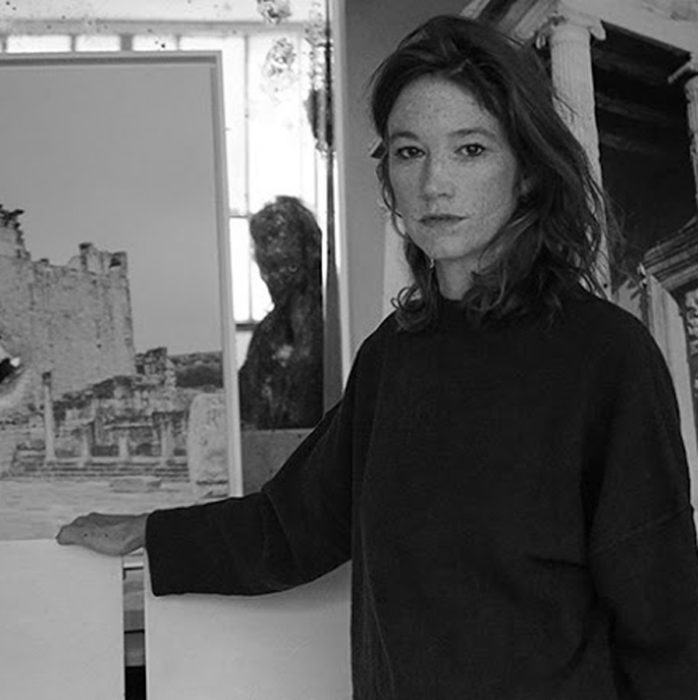
-

Dune Varela
PB PROJECT: FRAGMENTUM
10/26/2023 - 12/21/2023
Dune Varela, Résidence BMW - Artvision.fr
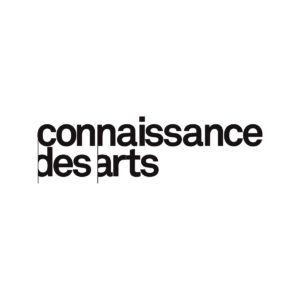
Paris Photo 2023 : qu’allez-vous voir au Grand Palais Éphémère ? 12 artistes à ne pas manquer – Agathe Hakoun 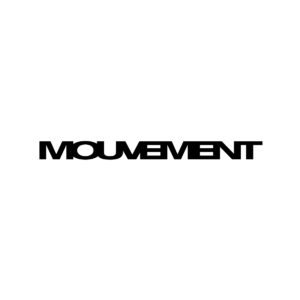
Toujours la ruine – François Siméon 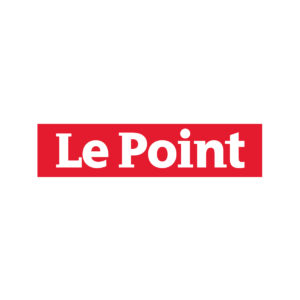
Dune Varela prend les armes – Brigitte Hernandez 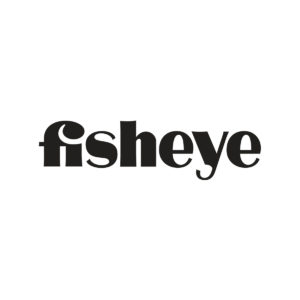
La photographie déconstruite de Dune Varela – Eric Karsenty 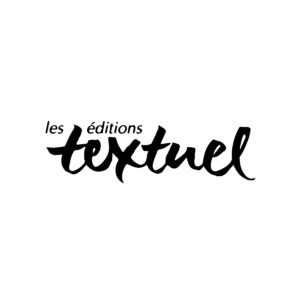
Contre-culture dans la photographie – Michel Poivert 
Les ruines sublimes de Dune Varela – Jeanne Fouchet-Nahas 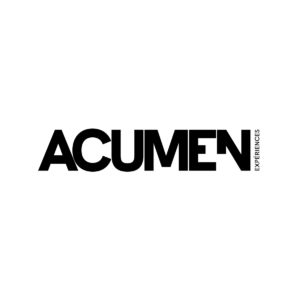
Dune Varela: Les Cicatrices de l’image – Stéphanie Dulout 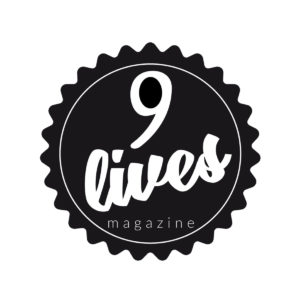
Sculpter la photographie, Dune Varela – Emmanuel Berck
– Michel Poivert-
in Contre-culture dans la photographie, Ed textuel, 2022
Chez Dune Varela, cinéaste et photographe française, l’impression photographique sur béton comme sur marbre, le recours à l’iconographie de l’architecture et de la statuaire antiques propose une alliance a priori sereine autour de l’idée d’art éternel ; une image ainsi imprimée ne trouve-t-elle pas son accomplissement dans cette représentation incarnée par son support ? Dans l’idée, en effet ; mais le processus de création ne s’arrête pas à cette impression « dans le dur ». Au contraire, tout commence par la destruction que vont subir les éléments, l’artiste brise les plaques de pierre ou de béton, et avec elles l’image des monuments et sculptures antiques. Mais ce sont les fragments qui, soit rapprochés les uns des autres offrent leur fracture comme un trait, soit disséminés en petit formats évoquent une collection archéologique. La photographie accède ainsi à un esthétique de la ruine. L’espace de l’exposition devient un musée lapidaire, mais les bas-reliefs et les rondes-bosses sont ici des images défaites. Photographie de vestiges, vestiges de photographies, la série Toujours le Soleil (2016) de Dune Varela évoque le contexte des terribles destructions de sites durant la guerre en Syrie, tout en sachant le propos plus universel encore. Elle n’hésite pas à produire des tirages grand format montrant un temple grec, contrecollés sur une plaque d’aluminium dans laquelle elle a tiré à balles réelles, transperçant le métal puis la photographie et venant en effigie mimer la destruction du monument. Processus de destruction à la fois symbolique et tangible, ces travaux expriment, dans la manière dont ils sont présentés le vacarme de la guerre et le silence recueilli devant les vestiges.
– Claudio Composti –
The work of Dune Varela, a French artist, is perfectly balanced between photography and sculpture; as if she were giving a body to the two-dimensionality of photography, thanks to the marble on which she prints the images of sculptures with an interplay of bi- and tri-dimensionality, in the true sense of the word. Since the image tends to be transformed into a dematerialized flow which substitutes the collective consciousness, Dune Varela reassigns to it a solid, concrete texture, to the extent of actually physically attacking the photograph after having riddled the image of the Acropolis with gun-shots, blinded the photograph of an Apollo with a bomb, or torn up the materials which form the base of her photographs. From the imitation of reality to the limits of reality. It is the relationship with time, matter and space which come into play in her work. The photograph becomes a sculpture in its several layers of time converge. A confusion is produced in the mind of the spectator between the printed photographic image and the material of the printing support. Are we looking at a sculpture, a photograph of a sculpture or a combination of both? Is there a direct connection between the object photographed and the place in which it has been recreated? Counterfeiting occupies a dominant place in her approach, whereby she prints photographs on marble or concrete slabs which have been sanded and scraped to gives them the typical patina of relics. They are then broken up, remounted and arranged on bases which imitate archaeological scenes. For Dune Varela, photography is no longer just the representation of an element of reality on a flat surface, but becomes the object of a reflection on the very conventions of its representation. Becoming again both sculpture and image at one and the same time.
